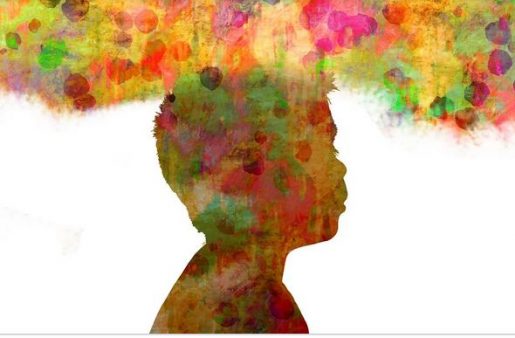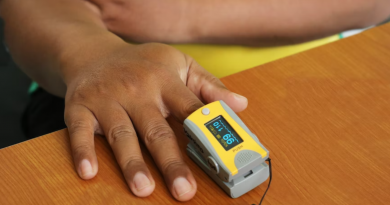Pediatric deep brain stimulation: What’s the importance of shared decision making?
“Am I making the best decision for my child?” This question is often repeated when parents decide a plan of action for their child – the patient. However, this ignores the primary voice in the room – the adolescent.
In most cases, shared decision-making (SDM), a process where both the patient and physician contribute to the medical decision-making process and agree on treatment decisions, includes two perspectives: the patient and the clinician. This becomes more complicated when there is an older pediatric patient and there are more than two perspectives: the patient, the parent, and the clinician.
SDM tends to fall on a continuum and takes many forms. With effective SDM, clinicians typically present all the available options to the patient and family and then, based on understanding the values of the patient and family, offer or withhold recommendations.
But shared decision-making about deep brain stimulation (DBS) has unique characteristics in that the patient and their clinician tend to have a longer relationship, which allows the clinician to understand their desires. A good relationship with the clinician can set the tone for how involved the patient and their family are with their decision-making.
Tools like pre-encounter cards which pose questions such as: “Do you wish to avoid invasive surgeries? Any restrictions on types of medications? How involved do you want the clinician to be?” Delving into these types of scenarios can help families and older children consider what their values are and what is important to them.
It can be difficult for a clinician to navigate risk assessment discussions when parents tend to think longer term, while the patient thinks more in the short term. The clinician should make an assessment based on the responses of both the patient and the parents by addressing fears and concerns. Often, a psychologist is enlisted to help navigate these complex decisions and conversations.
Legally, parents have the authority and the duty to make medical decisions on behalf of their child. According to the American Academy of Child and Adult Psychiatry, adolescents are more likely to make emotional and impulsive decisions. On the other hand, adults tend to rely on logical thinking.
However, other studies found that parents tend to project their feelings and experiences of their adolescent’s condition onto them. Giving adolescents the chance to speak up allows them to voice their preferences and grow their autonomy. Clinicians and parents must encourage the decisional capacity of adolescents if we expect them to be able to make future decisions that pertain to their lives.
Making a decision can be difficult, especially one that requires lifelong adjustments and consequences like deep brain stimulation. It can be daunting for an older pediatric patient to make this decision on their own without the support of a loved one and their trusted clinicians. Yet, it is also demoralizing to make the decision on behalf of the patient without including them.
Shared decision-making, which is fully inclusive to all parties, should be encouraged to help navigate the patient and their family through this stressful time.
-By Benjamin Eappen, summer intern in the Center for Medical Ethics and Health Policy at Baylor College of Medicine and a junior at the University of Texas at Austin majoring in biochemistry with a minor in religious studies



